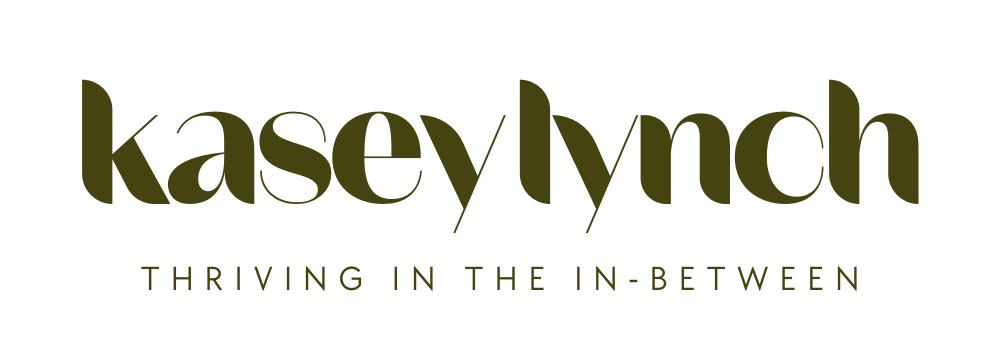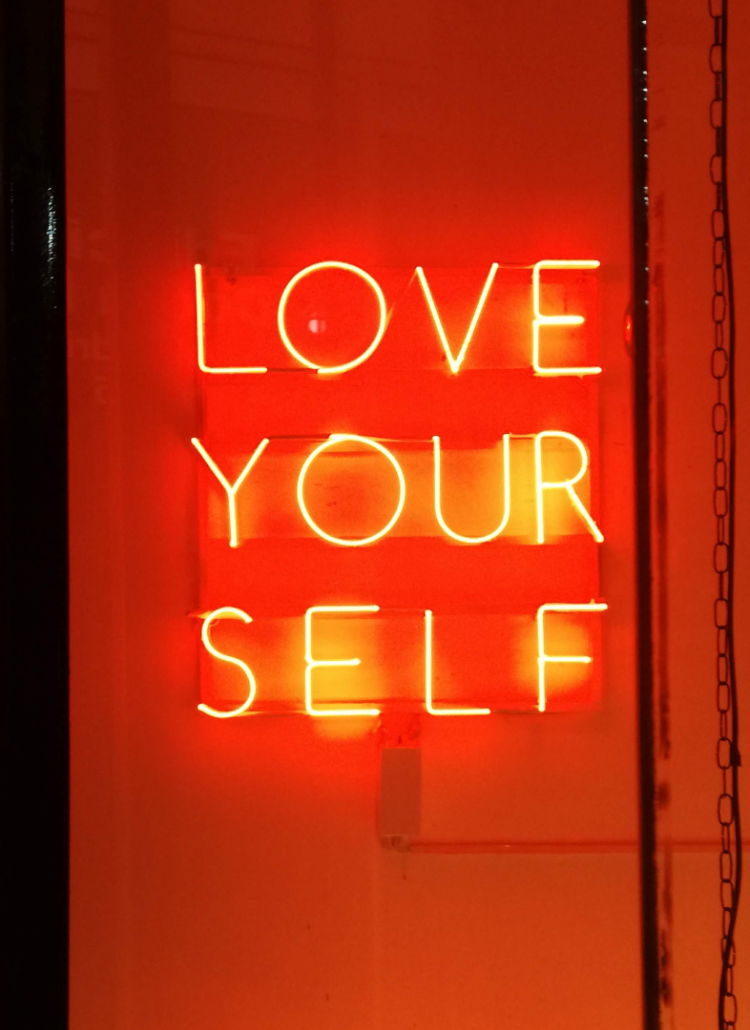
In a world that moves fast and demands more from us daily, self-care has become more than a buzzword — it’s a necessary act of self-preservation, especially for women. But when we think about self-care, our minds often go straight to bubble baths, skincare routines, or cozy nights with a good book. While all of those are beautiful ways to unwind, there’s one form of self-care that often gets overlooked: mindful movement.
Yes, mindful movement (aka exercise with intention) can be medicine. Exercise isn’t just about transforming your body; it’s about caring for your whole self: mind, body, and spirit.
What’s On Deck:
What is Mindful Movement?
Mindful movement is a form of physical activity practiced with full awareness and intention. Unlike high-intensity workouts that focus on reps, speed, or physical outcomes, mindful movement encourages you to tune into your body’s sensations, breath, and emotional state as you move.
It’s less about what the movement looks like and more about how it feels.
Mindful movement blends elements of mindfulness with gentle physical practices, often involving slower, more deliberate motions. Activities like yoga, tai chi, walking meditations, and breath-led stretching are common examples.
Key Principles of Mindful Movement:
- Present-moment awareness: Focusing on the here and now, not what comes next
- Breath-body connection: Moving in sync with your breath to create flow and calm
- Non-judgment: Letting go of the need to perform or “do it right”
- Intentional pacing: Moving slowly enough to notice how your body feels and responds
Whether you’re taking a walk, doing gentle yoga, or simply stretching after a long day, mindful movement can reduce stress, improve mental clarity, and deepen your connection with your body, making it a powerful tool for self-care and healing.
Types of Mindful Movement
- Yoga: Combines breath, posture, and awareness to promote balance and relaxation
- Tai Chi: A slow, flowing martial art that enhances body awareness and reduces stress
- Walking Meditation: A simple practice of walking slowly and mindfully, focusing on each step and breath
- Somatic Movement: Gentle, body-based exercises that release stored tension and increase nervous system regulation
- Dance Therapy: Using expressive movement and music to connect with emotion and boost mental well-being
- Breath-Led Stretching: Moving in sync with your breath to ease tight muscles and calm the mind
- Mindful Strength Training: Lifting weights or doing bodyweight exercises with full attention on form, breath, and how your body feels
- Pilates (Mindful Focus): A core-focused movement practice that encourages precision, breath, and control
- Nature Movement: Moving outdoors with intention, whether it’s hiking, paddleboarding, or simply stretching in the sun
What Are 5 Mental Health Benefits of Exercise?
Exercise doesn’t have to mean intense gym sessions or sculpting a certain body type. Movement can be as simple as a walk outside, a slow yoga flow, or a few deep breaths paired with gentle stretching.
Whether it’s a workout or a mindful movement practice, the mental health benefits are strikingly similar. Both support your mood, calm your nervous system, and strengthen the connection between mind and body.
Let’s explore five powerful ways that movement — in any form — can support your mental well-being.
1. Reduces Stress and Anxiety
Exercise is a natural stress reliever. Physical activity helps regulate cortisol (the stress hormone) and increases endorphin production — neurochemicals that improve your mood and reduce stress levels. Studies show that just 20–30 minutes of aerobic activity can significantly reduce anxiety and boost mood almost immediately.
Somatic exercise for stress, in particular, focuses on slow, intentional movements that help release stored tension in the body and regulate the nervous system. These exercises are especially useful for those experiencing chronic stress, trauma, or burnout.
2. Improves Mental Health and Emotional Resilience
Exercise has been shown to reduce symptoms of depression, increase self-esteem, and improve emotional resilience. Regular physical activity is associated with a 25% lower risk of depression and anxiety.
Bonus Tip: Consistency matters more than intensity. Even moderate movement like brisk walking or gentle yoga can lead to lasting mental health benefits.
3. Supports Better Sleep and Energy Levels
Sleep and energy are foundational to good self-care. According to the Sleep Foundation, people who exercise regularly fall asleep faster and experience deeper sleep. Exercise also enhances daytime energy by improving circulation and oxygen flow throughout the body.
4. Strengthens the Mind-Body Connection
Self-care is about listening to your body and honoring its needs. Mindful movement practices like yoga, tai chi, and walking meditations help reconnect you with your body and create space to check in with yourself.
These forms of movement are especially beneficial for individuals dealing with trauma or chronic stress, as they activate the parasympathetic nervous system (rest and digest mode).
5. Boosts Cognitive Function and Brain Health
Movement doesn’t just benefit your body — it sharpens your mind. Regular physical activity improves memory, focus, and cognitive performance by increasing blood flow to the brain and stimulating the release of brain-derived neurotrophic factor (BDNF), a protein that supports neuron growth and protects brain cells.
Studies have shown that aerobic exercise can improve executive function, slow age-related cognitive decline, and even reduce the risk of developing Alzheimer’s disease.
Ways to Bring Mindful Movement to Your Exercise Routine
Incorporating mindful movement into your exercise routine doesn’t mean you have to overhaul your workouts — it’s about adding intention, awareness, and presence to how you move.
Here are some simple ways to blend mindfulness with your existing exercise habits:
- Pause and Set Your Intention: Before you start, take a moment to consider why you’re exercising. Is it to boost energy, reduce stress, or simply enjoy the moment? Keeping this purpose in mind can motivate you to show up and keep going.
- Unplug and Be Present: Resist the urge to distract yourself with music, phone calls, or screens. Instead, focus fully on where you are — whether that’s the quiet woods, a busy sidewalk, or your treadmill.
- Use Your Breath as an Anchor: Let your inhale and exhale guide your pace. Your breath can signal when to push a little harder or when to ease up. If your mind wanders, gently bring your focus back to the rhythm of your breath.
- Tune Into Sensations: Pay attention to how your muscles feel, how your joints move, and how your body responds to each exercise. Notice tension, ease, and balance without judgment.
- Slow Down: Try slowing your pace during parts of your workout. Moving more deliberately helps you connect with your body and prevents rushing through exercises on autopilot.
- Explore Different Focal Points: While breath is a common anchor, you can also focus on other sensations, like the rotation of bike pedals or the rise and fall during a lunge. Switch anchors as your workout changes, always returning to your chosen point when distractions arise.
- Include Gentle Movement Breaks: Add mindful stretching, yoga poses, or breath-focused pauses between more intense exercises to reset and recharge.
- Engage Your Senses: Notice your surroundings, sounds, or the feeling of the ground beneath your feet. This sensory awareness grounds you in the present moment.
- Embrace Acceptance: Mindfulness invites you to accept each moment as it is. If your legs feel tired or your mind resists, acknowledge it without judgment. Remember your intention and stay present from start to finish.
- Practice Kindness & Gratitude: Be gentle with yourself during your workout. Appreciate your current ability and effort without comparing yourself to others. Whether you’re exercising solo or in a group, thank yourself for showing up and caring for your health.
Bringing mindful movement into your routine transforms exercise into a holistic practice that nurtures your body, mind, and spirit, setting the stage perfectly for exploring somatic exercises to deepen that connection even further.
Related: How to Build Self Care Into Your Daily Routine
Somatic Exercise for Stress: What It Is + How to Practice It
Somatic exercises are gentle, body-based movements designed to help you release stress, reconnect with your body, and regulate your nervous system. These practices are especially supportive for those recovering from chronic stress, anxiety, burnout, or trauma.
Why Somatic Exercise Helps with Stress
- Encourages deep relaxation by shifting you into the parasympathetic (rest and digest) state
- Releases stored physical tension and emotional patterns from the body
- Improves body awareness, allowing you to recognize and respond to stress cues earlier
- Grounds you in the present moment, helping reduce racing thoughts and overwhelm
- Supports nervous system regulation through slow, intentional movement and breath
Examples of Somatic Exercises for Stress Relief
- Body scan with gentle movement – Slowly move through your body from head to toe, stretching or softening tense areas as you go
- Pendulation – Gently sway side to side, shifting your weight while focusing on internal sensations of safety and comfort
- Cat-cow with breath awareness – Coordinate your spinal movement with deep, rhythmic breathing to release back and shoulder tension
- Somatic shaking (neurogenic tremoring) – Stand with knees slightly bent and gently shake or bounce your body to discharge built-up energy
- Legs up the wall pose – A passive, grounding pose that calms the nervous system and soothes overstimulation
- Orienting practice – Slowly turn your head and look around your space to signal safety to your brain and body
- Soft neck rolls and shoulder circles – Small, slow movements that ease tension in commonly tight areas and help regulate breath
- Breath-led movement – Link slow inhales and exhales with simple movements like reaching or folding forward to deepen relaxation
Tips for Getting Started
- Go slowly and stay curious — there’s no “right” way to move
- Focus on sensation, not performance
- Practice in a quiet, safe space where you won’t be interrupted
- Use your breath as a guide — if your breath shortens or feels tight, pause and soften
- End with stillness or a grounding posture to help your body absorb the calm
How to Make Mindful Movement a Self-Care Ritual
To turn exercise into a sustainable self-care habit, reframe your approach. Instead of focusing on calories burned or steps counted, ask yourself:
“How do I want to feel after this?”
Here are a few intentional ways to integrate movement into your self-care routine:
- Take a daily walk in the fresh air, even if it’s just 10 minutes
- Stretch first thing in the morning to ground your body and mind
- Use movement as a transition tool between work and personal time
- Join a class that makes you feel joyful, like dance, Pilates, or even martial arts
- Practice breath-led movement, like slow yoga or tai chi, to ease anxiety
Exercise is Self-Compassion in Motion
Self-care through exercise isn’t about perfection or performance — it’s about showing up for yourself in a way that’s supportive, sustainable, and empowering. Mindful movement benefits go beyond physical gains to help you release emotional tension, become more present, and foster self-trust.
Somatic exercise for stress is a powerful reminder that healing doesn’t always have to be intense or exhausting. It can be gentle, intuitive, and deeply personal.
Movement can be a form of meditation, release, and growth. It’s not a punishment for what you ate or drank; it’s a celebration of what your body can do.
Next time you’re feeling overwhelmed, anxious, or out of alignment, remember: You don’t need a full workout to make a difference. A few minutes of movement is a powerful act of self-compassion.





Leave a Reply